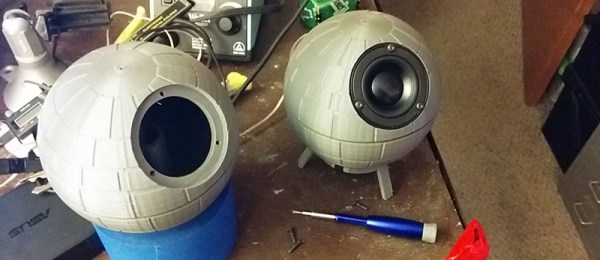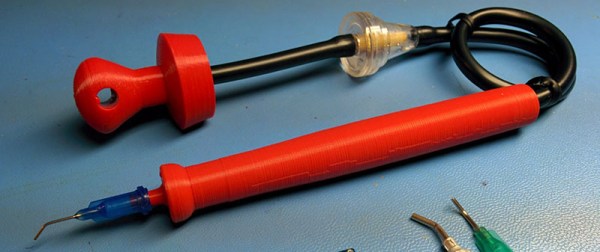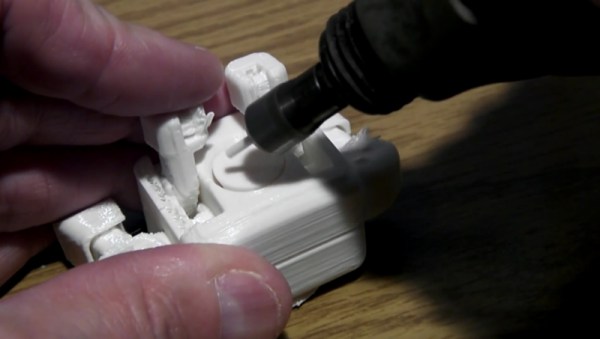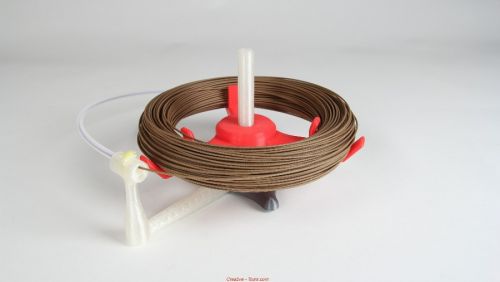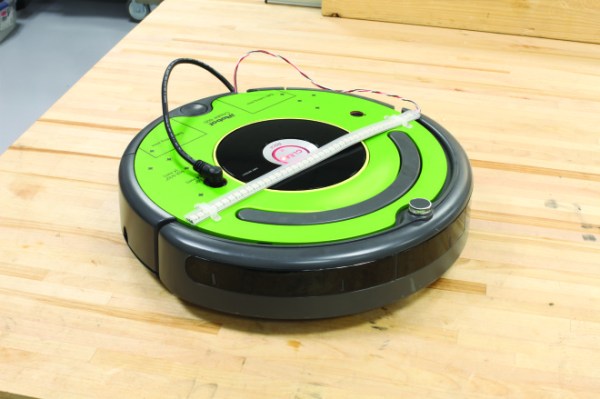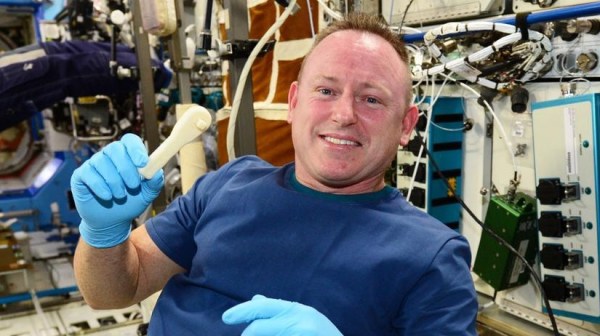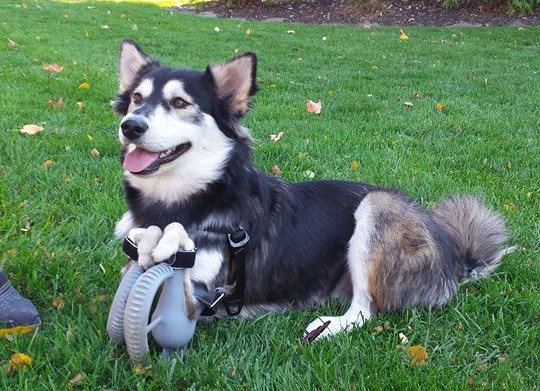A good speaker enclosure is not just about building a box out of plywood and covering it with carpet, although playing with 1F capacitors is pretty cool. No, for a good speaker enclosure you need the right internal volume, the right size bass port, the right speaker, and it should definitely, certainly, not be a moon. [Rich] figured out he could do all of this with a 3D printer, resulting in the NOMOON: The NOMOON Orbital Music-Making Opensource, Openscad-generated Nihilator.
This work is a continuation of earlier work that designed parameterized speakers in the shape of Borg cubes. Now [Rich] is on to Borg scout ships, and this version has everything you would expect for speaker design.
The NOMOON is available on the Thingiverse Customizer with variables for the internal diameter, the volume of the enclosure in liters, wall thickness, speaker hole, bass port, and wire holes. Of course a customized design is also possible with a stock OpenSCAD installation.
[Rich] has printed a few of these not moons and even with a speaker with terrible bass response, he has a pretty good-sounding setup as far as Youtube videos go. You can check that out below.
Continue reading “Parametric Spherical Speakers Are Not A Moon”

